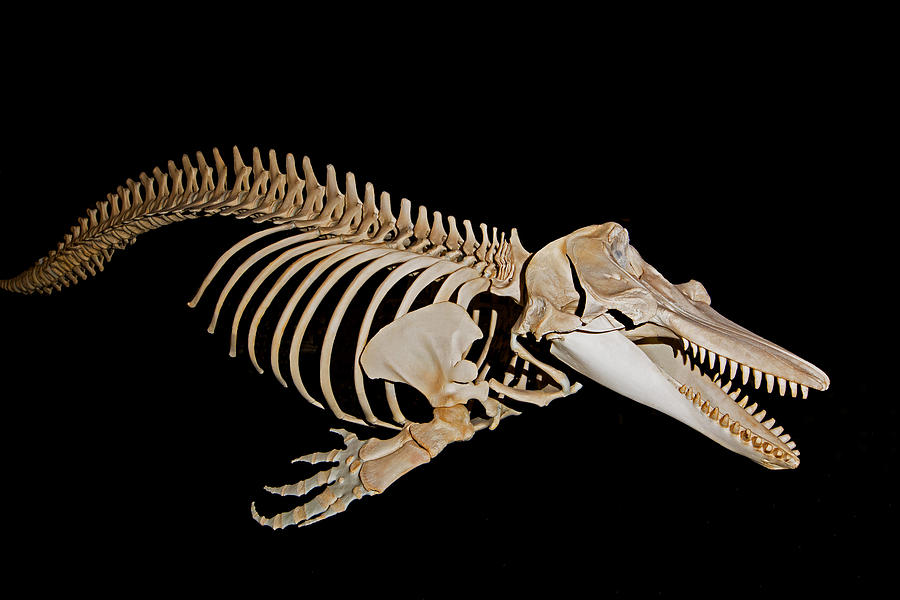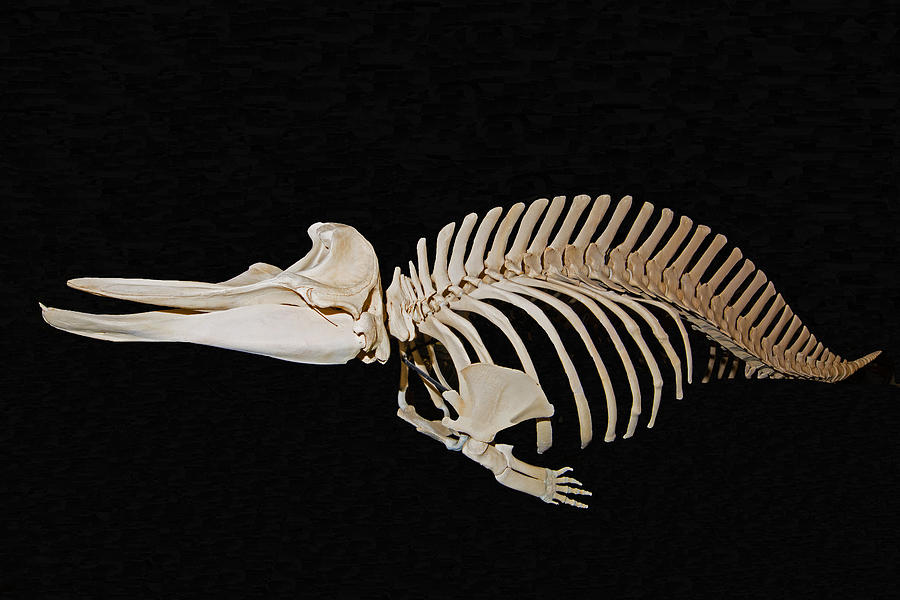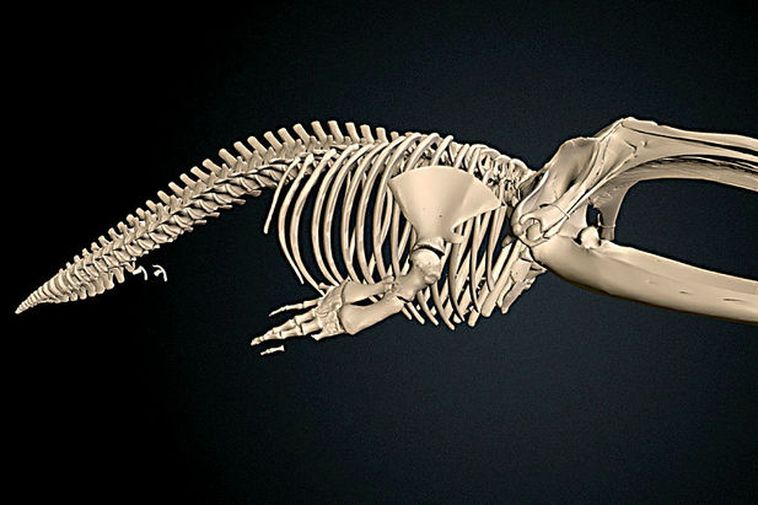

The installationĪt 30 metres high, the CSF atrium was designed specifically to display the 356 bones.Ī generous donation from Mark and Sandra Dobbin, and Craig and Lisa Dobbin, in honour of their late mother, Eleanor “Penney” Dobbin, allowed Memorial to acquire one of the Rocky Harbour whales for display. Memorial worked with the ROM to obtain as much information as possible about the whale, including genetic samples to reconstruct its entire genome and analyzing its ear wax to learn more about the chemistry of the marine environment. Preparation, conservation and articulation were also completed at RCI.” “The two skeletons we collected were sent to our facility for further cleaning. “We attempted to collect a third skeleton but it was taken back out to sea by the tail end of a hurricane the night before we started to de-flesh it,” Mr. He and his team worked with a crew from Rocky Harbour and Trout River. You can’t have too many eyes.” - Kirk Saunders “There are so many different joints, angles and positions to be aware of. The skeleton was then degreased and shipped back to Newfoundland and Labrador.

This involved removing the skin, blubber, internal organs and muscles, taking it apart bone-by-bone and placing the skeleton in containers of soil and compost to remove remaining flesh. The Royal Ontario Museum (ROM), which houses the second skeleton, helped to clean and prepare Memorial’s skeleton for display along with Research Casting Inc.

The whale is one of two that washed ashore on the west coast of Newfoundland in 2014 and is believed to be one of nine crushed by heavy sea ice that year. Watch a time-lapse video of installers Research Casting hoisting the whale into position below. The entire 6,500-pound skeleton measures 25 metres long - about two school buses - and is the centerpiece of Memorial’s newest facility its pose reflecting Memorial’s motto Provehito in Altum, Latin for “launch forth into the deep.” In these situations, a male with pelvic bones able to support a larger more dextrous penis would have the most success.The majestic blue whale skeleton hangs from the double-height atrium of the Core Science Facility (CSF) as if it were swimming, making visitors feel as if they are watching it from underwater. The largest was found in the Right Whale (Eubalaena glacialis), a species in which the females mate with multiple males, sometimes at the same time. Promiscuous species have the largest pelvic bones, for example, the La Plata dolphin (Pontoporia blainvillei), a species of monogamous river dolphin, had the smallest pelvic bone. Larger and more curved pelvic bones meant larger genitalia, however, large pelvic bones did not necessarily mean a larger animal. Within the sample there was lots of variation in the size and shape of pelvic bones. The researchers studied the pelvic bones of 130 individuals from 29 species in museum collections. Whales and dolphins mate in water, which can be challenging, so the ability to control the penis is important.

Attached to the pelvic bones are muscles which control the movement of the penis. That is, pelvic bones aren’t remnants, but instead an important part of cetacean reproduction. Research from 2014 found a very different explanation for these bones.


 0 kommentar(er)
0 kommentar(er)
